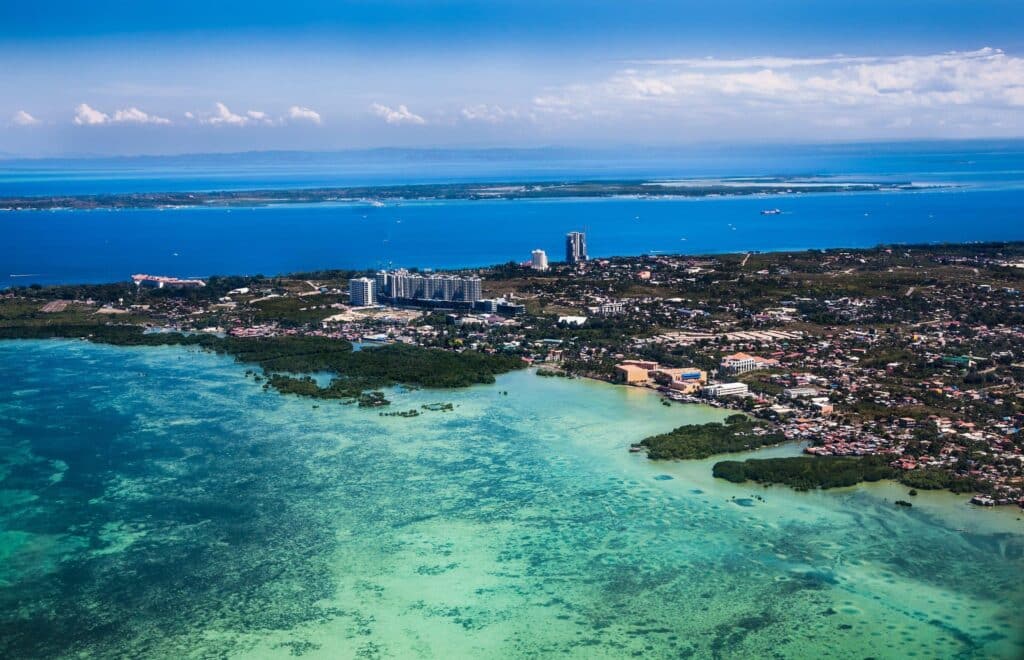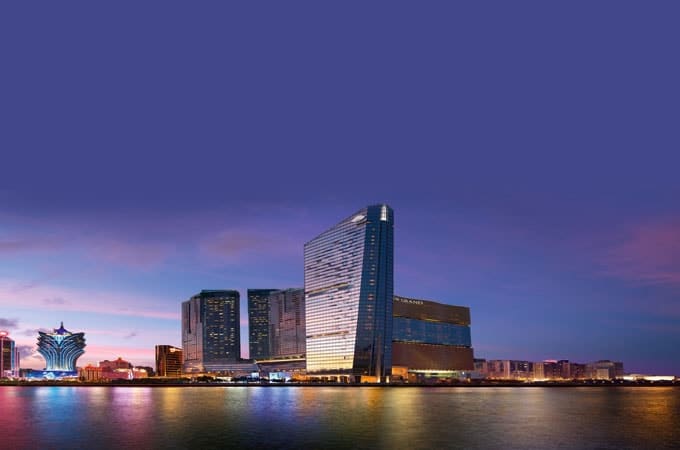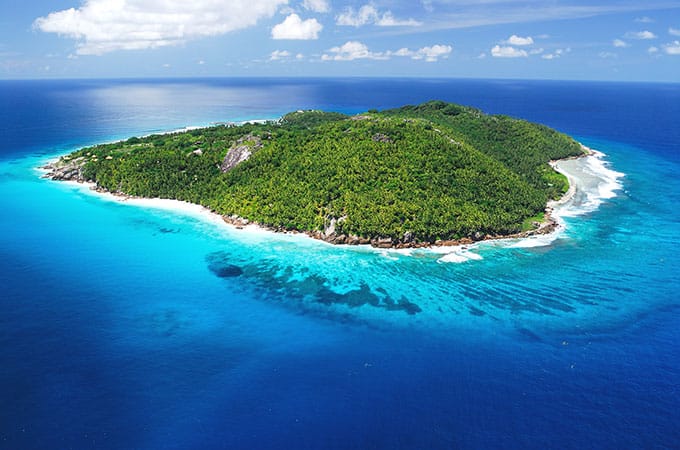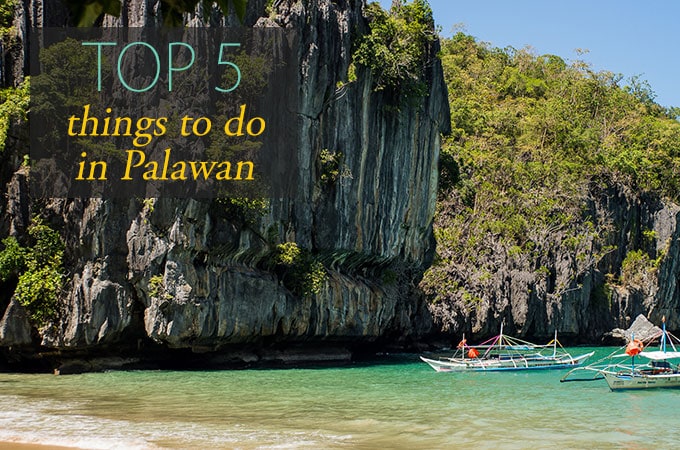There are only a handful of places that can go toe-to-toe with Cebu when it comes to mangoes. The rolling slopes of the island’s interior are studded with green mango trees, their peerless, silky fruit ripening under the tropical sun.
A source of great regional pride, Cebu’s mangoes are characteristic of the islands they spring from: unpretentious, unrefined and bursting with vibrant pleasures.
Cebu City was singled out as Spain’s first settlement in the archipelago in 1565, and the city’s older areas still carry the imprint of another era, when elaborate churches and stone forts towered over the thatched huts of the native Cebuanos.
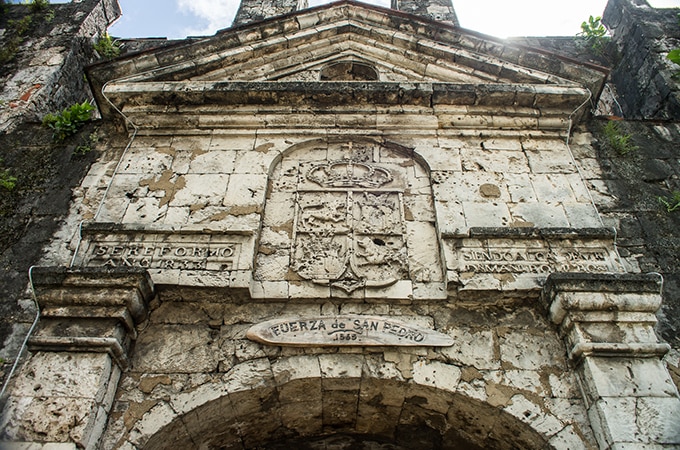
What to do & see in Cebu:
History lovers will enjoy discovering the Jesuit House on Zulueta St in Cebu City. Built in 1730, the house is buried in the bowels of a functioning warehouse and is one of the city’s best attractions, alongside Fort San Pedro.
Despite the island capital’s fascinating heritage, Cebu’s true assets are not found in the city, but in the natural wonders of the island and its neighbours.
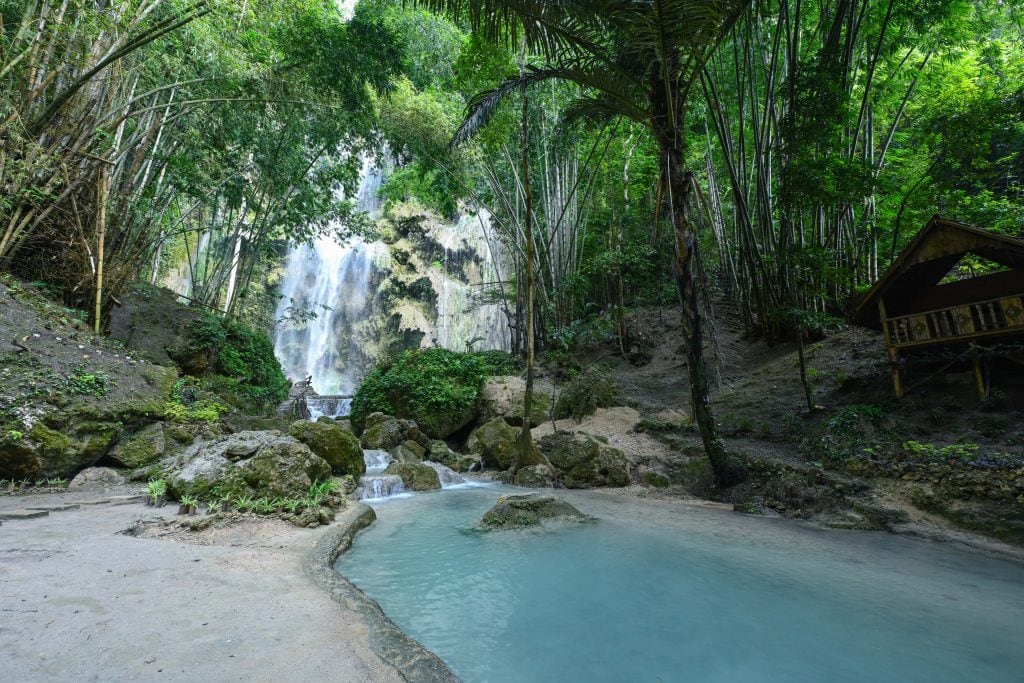
Go chasing waterfalls, but skip busy Kawasan Falls for the quieter and more compelling Tumalog and Cambais falls. Take to the hiking trails of Osmena Peak. Wile away an afternoon at the bird sanctuary on Olongo Island.
Only a three-to-five hour trip from the airport, sun seekers prepare to fall hard for the islands of Camotes, Bantayan and Malapascua. Any beach boredom fostered from one too many humdrum holidays will quickly evaporate at the sight of these exquisite shores, which are teeming with rewarding opportunities for snorkelling and scuba diving.
Comfortable on two wheels? Cebu’s southern coastline is a joy to explore via motorcycle. Tiny village after tiny village whizzes by, each a collection of tidy native homes loosely anchored near a colonial-era stone church, complete with a few wild-looking roosters and a fat pig lolling in the sunlight. The rustic island setting alternates with glorious views of the frothy turquoise sea, brightly painted fishing boats and limestone cliffs.

On the island’s western coast, Pescador Island lures divers with a spectacular sardine run and thrilling sideshow: thresher sharks hunting in the wild.
For a less heart-pounding encounter, the village of Tan-Awan in Oslob guarantees daily sightings of enormous whale sharks, known in the Philippines as ‘butanding’. The ideal time to get in the water with Oslob’s whale sharks is around 6am, with the first boat of the day.
After your close up with the whale sharks, clamber onshore, order a cold San Miguel, maybe a fresh mango, and let Cebu’s simple beauty sink in.
Fact File:
Sleep:
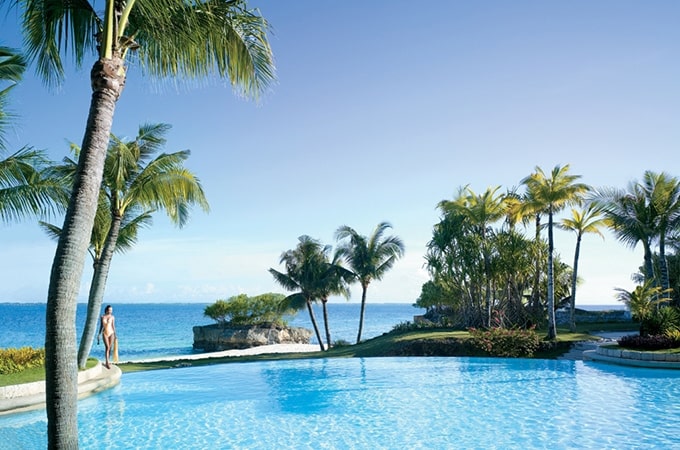
Shangri La Mactan is a tropical paradise situated on a sprawling 32-acre property filled with beautiful flowers, lush grass, and stunning statues. The 530 rooms exude a casual glamour with unique Filipino touches such as capiz shell, mother of pearl, coral, and sea shells. For the ultimate luxury experience, the Ocean Wing offers rooms with a dedicated pool. One of the highlights of the resort is its Marine Sanctuary, where guests can rent fins and explore the underwater world teeming with 160 species of aquatic life. The resort also boasts CHI, a secluded spa that offers traditional healing treatments, including the Mactan synergy scrub using sampaguita, the national flower of the Philippines. With seven restaurants serving a variety of cuisines from Chinese to Italian, and the famous zesty mangoes found throughout the property, guests will never go hungry.
Eat:
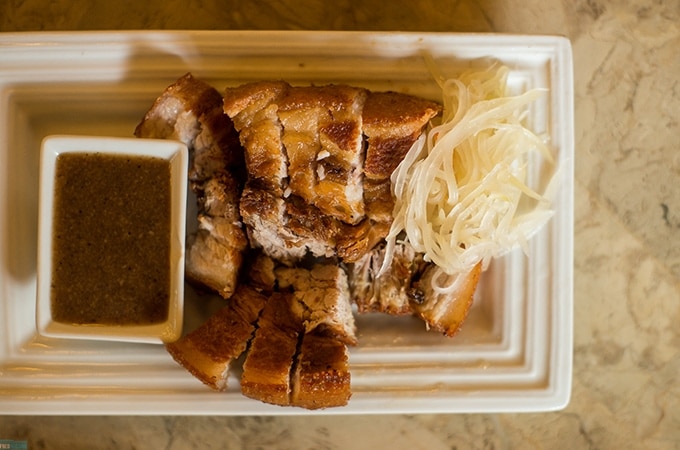
Aside from its mangoes, Cebu is famous for roasted pig, or ‘lechon baboy’. Be sure to sample kinilaw, the Philippines’ version of ceviche.
See:
Stately colonial-era churches such as the Santo Nino Basilica, Spanish homes such as Casa Gorordo, and the excellent Museo Sugbo. The Philippines’ biggest festival, Sinulog, is held in Cebu in late January each year.
Don’t Miss:
Snorkelling and island hopping around Cebu. A private banca boat can be hired to ferry you the islands of your choice.
Couples Will Love:
Eye-popping natural beauty and thrilling underwater encounters.
Getting There:
There are direct flights to Cebu from Manila and major cities around the Southeast Asian region.
Discover more with our comprehensive travel and honeymoon guide to The Philippines.
